How and how to process cabbage from caterpillars?

Leaf-eating caterpillars are the pests that cause the most damage to young cabbage. To save your crop from insect larvae, the site must be regularly inspected and processed as needed.
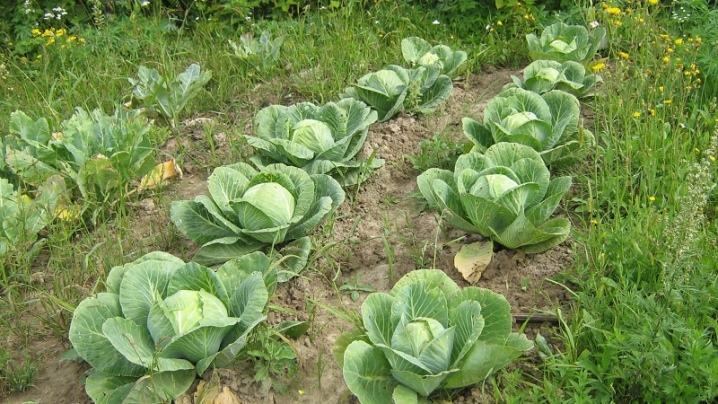
Causes and signs of appearance
When cabbage appears in the garden, it can be attacked by the larvae of different types of insects.
- Cabbage moth. Young caterpillars grow up to 1 cm in length. They have a light body and a light brown head. They move very quickly. In case of danger, such caterpillars twist and fall from the sheet, so it can be quite difficult to notice them in your area. Caterpillars damage the inner leaves of young cabbage.
- Belyanka. Large cabbage butterflies appear on the site only on sunny days. Insects can be recognized by their white wings with a black border around the edges. Cabbage caterpillars are yellow-green in color. Their body is covered with black spots and hairs. Each caterpillar looks pretty bright, so it's easy to spot and remove. These pests eat the pulp of the leaves, leaving only veins behind.
- Firefighter. Caterpillars of bright butterflies with light wings with yellow-brown stains along the edges are outwardly similar to cabbages. They are also light yellow in color. Such caterpillars appear on the site in mid-June. Small pests eat cabbage leaves, leaving holes on them. Adults gnaw even large heads of cabbage.
- Scoop. Small green bat caterpillars live in groups and eat cabbage leaves from below. Adults grow up to 5 centimeters in length. The head of cabbage, poisoned by the toxins of these caterpillars, begins to rot. It is no longer possible to use it for food.
Adult butterflies are attracted by the smell of cabbage. During the garden season, butterflies give offspring about three times. You can notice the presence of caterpillars on the site by several main features. This is evidenced by:
- the presence of black dots and holes on the leaves;
- slowing down the growth and development of cabbage;
- lethargy of leaves.
If caterpillars appear on the site, you need to get rid of them as soon as possible.
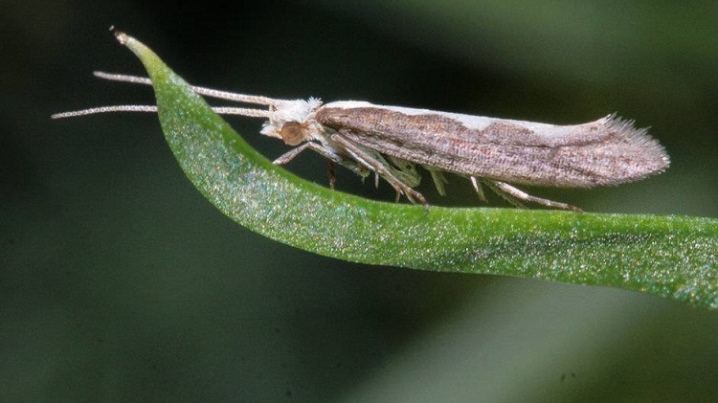
What chemicals should be treated?
Many gardeners prefer to treat cabbage from caterpillars with proven insecticides (Fufanon, Aktellik, Aktara, Decis). It should be noted that such chemicals can be hazardous to the environment. Substances that make up insecticides are harmful to pollinating insects. In addition, they can harm humans or animals if they accidentally enter the body.
It is recommended to use purchased insecticides only if other means no longer help and it seems that the plants cannot be saved. During work, it is worth using protective equipment: gloves, thick clothing and a mask.
It is worth handling the track area in dry and warm weather. If it rains the next day, the garden should be sprayed again. In general, plantings can be processed no more than once a season.
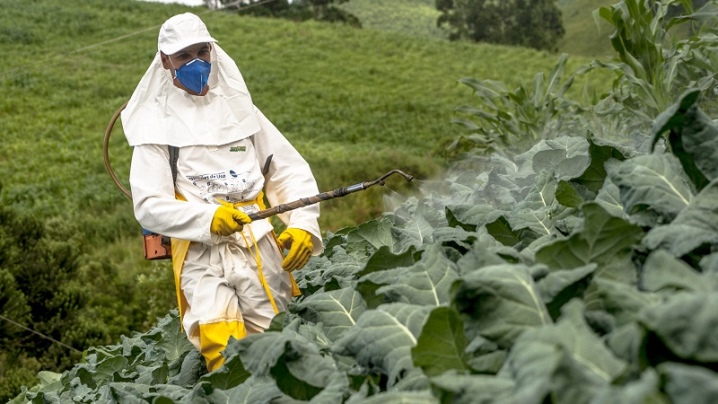
How to get rid of with biologics?
You can destroy pests that eat cabbage using biological products. These products are safer than insecticides. There are several time-tested products that can be used to treat any area.
- "Entobacterin". This product is in powder form.Before use, it is dissolved in warm water, following the instructions on the package. In this form, it is able to kill larvae of caterpillars of any age. Spray the area with such a solution in warm weather. You can get rid of the caterpillars living on the site in 1-2 weeks. For this you need to process plants every 7-8 days.
- "Lepidocide". Such a product is also excellent for pest control. Separately, it should be noted that this drug has a pungent odor. Therefore, it is necessary to process the site, protecting the respiratory tract in advance. But it is this smell that scares off adult butterflies. To process the site, 20 grams of the drug must be diluted in 10 liters of water.
- Fitoverm. This pest control works 12-14 hours after use. It can be applied immediately after it has been noticed that the caterpillars have attacked the young cabbage.
- "Bitoxibacillin". This effective remedy also helps to save infected beds. In order to completely destroy pests, the site must be sprayed with a solution three times. This should be done at intervals of 3-4 days.
So that the selected poison does not harm the human body, spraying must be carried out a week before harvesting.
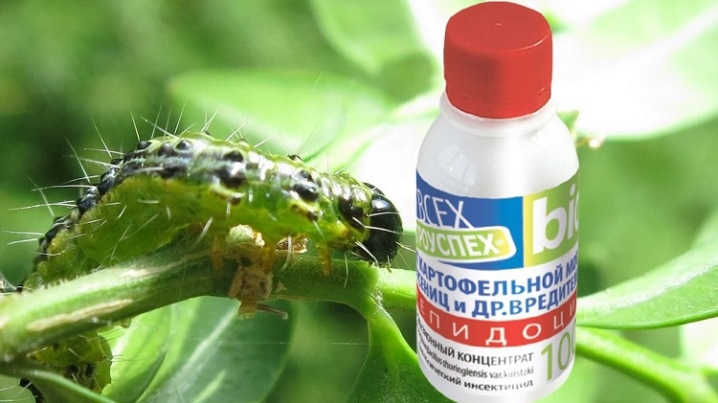
The best folk remedies
Pest control can also be carried out using simple folk remedies made from available ingredients.
Onion peel
Dry onion husks are very often used to combat various pests and diseases. Caterpillars are no exception. This vegetable waste is capable of repelling pests with its pungent, unpleasant odor.
It is very easy to prepare a solution for treating a site. Pour the dry husk with two liters of boiling water. Leave the resulting mixture to infuse for 10-12 hours. After this time, it must be filtered. The liquid is used to spray the cabbage. But the remnants of the husk can be added to the compost or immediately used to fertilize the site.
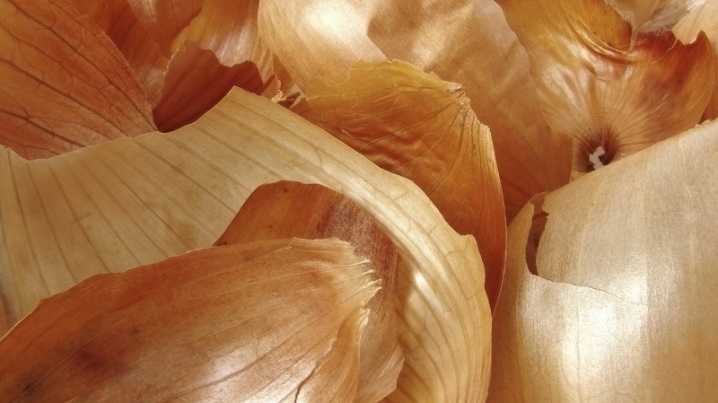
Leaf decoction
You can also use tomato tops to repel pests. For this purpose it is necessary to prepare 4 kg of fresh or 2 kg of dried tops. It must be collected and placed in a deep container. Next, the tops must be poured with 10 liters of water. After that, the product must be boiled for half an hour.
The finished solution must be cooled to room temperature and filtered. Before proceeding with the treatment of the site, it must be diluted with clean water in a ratio of 1 to 3. Next, the liquid must be poured into a spray bottle. It is best to spray the plants in the evening.
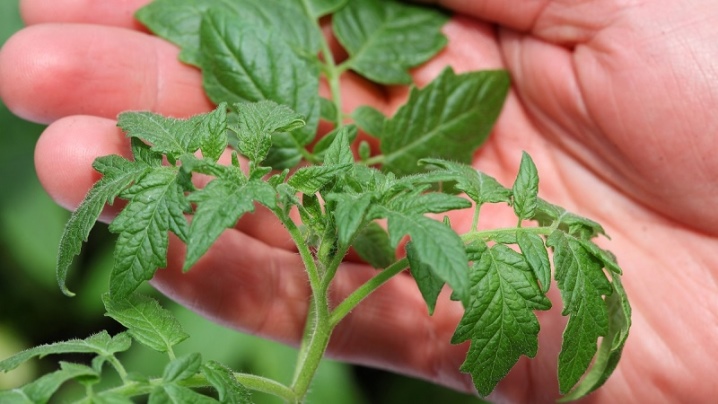
Ash
Wood ash is a popular natural fertilizer and pest control agent. There are several ways to use this product. Most often, the ground next to the cabbage is simply sprinkled with sifted ash. This helps to scare away not only caterpillars, but also other pests. Cabbage beds can also be watered with a simple ash solution. To prepare it, 100 grams of the product must be diluted in 1 liter of hot water. The resulting mixture should be left in a warm place for 2 days. After this time, it will need to be filtered and poured into a spray bottle. The resulting solution can be watered or sprinkled with cabbage.
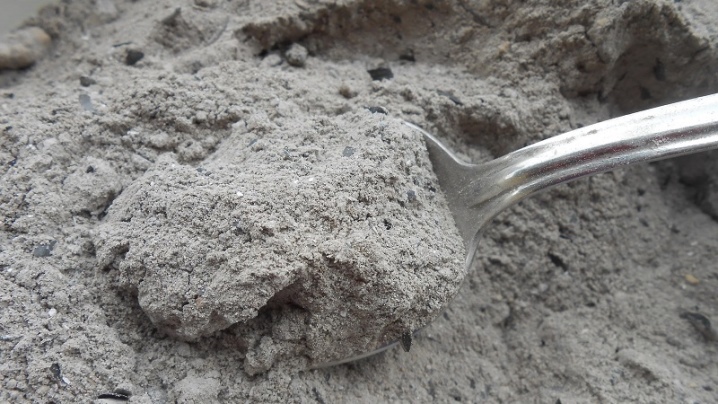
Valerian
This product also has a pungent odor. Therefore, it is quite effective to fight pests using this tool. To prepare the product, a tablespoon of valerian tincture must be diluted in 10 liters of warm water. The resulting mixture should be used to spray the area every two weeks. This will quickly remove pests from the beds.
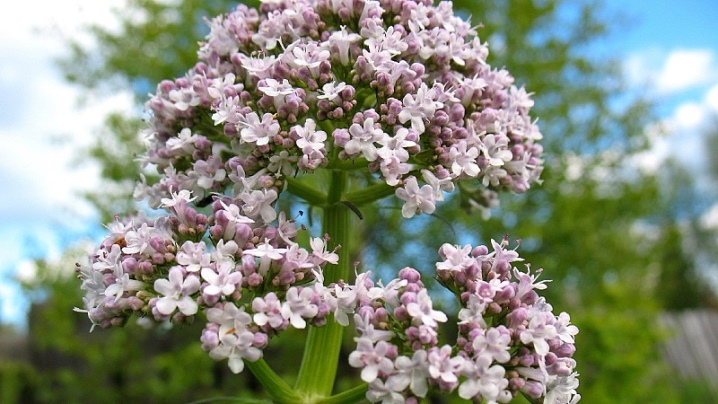
Black pepper
Almost everyone can make a tincture with black pepper at home. To do this, pour 0.5 liters of water into an empty container. There you need to add 50 grams of black pepper. The mixture must be cooked for two hours. After that, the product should be slightly cooled and mixed with clean water. The resulting product is used to spray the beds immediately after preparation.

Bitter pepper
To prepare a solution, 1 kilogram of fresh hot pepper must be chopped or minced. After that, you need to fill it with 10 liters of warm water. The mixture must be infused for two days. After that, it must be filtered. The concentrated solution must be mixed with warm water. In 10 liters of liquid, 100-150 ml of the product is usually diluted.
In order for the product to work more efficiently, 1-2 tablespoons of liquid soap can be added there.

Vinegar
Vinegar solution is also considered to be quite effective in pest control. It does not pose a danger to plants and the human body. To prepare the product, a tablespoon of vinegar must be mixed with 50 ml of ammonia. You also need to add 2 tablespoons of salt there.
All this must be mixed well. After that, the mixture must be diluted in 10 liters of warm water and poured into a sprayer. You can process cabbage several times in a row. Between procedures, you need to take a break of 7-8 days.

Soda
Baking soda is also commonly used to control a variety of pests. Solutions with this product allow you to quickly destroy small pests and protect plants from diseases. To prepare a solution, 120 grams of soda is diluted in 5 liters of warm water. The mixture must be thoroughly mixed so that no sediment remains at the bottom. You do not need to insist on it. The soda solution is used to treat the area immediately after preparation.
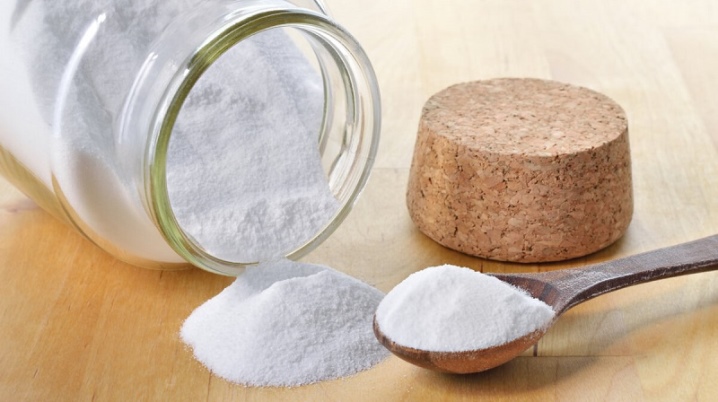
Ammonia
The ammonia solution for the treatment of the site must be used very carefully. If you spray the plants too often, the cabbage leaves may dry out around the edges. A product for processing cabbage is being prepared from only two ingredients. Ammonia is mixed with water in a ratio of 1 to 6 and immediately poured into a spray bottle. The resulting product can be used to spray cabbage over the leaf.

Garlic
Garlic infusion with a pungent smell helps to remove caterpillars from the site as quickly as possible. To prepare it, you need to chop 9-10 heads of garlic. The resulting mixture with a pungent smell must be poured with 5 liters of water. After that, send the solution to a warm place for a couple of days. The finished product is used for spraying cabbage or watering the soil.
It must be applied at least 10 days before harvest.

Bay leaf
In order to destroy the pests that eat up the crop, bay leaves can be used even dry. It is enough just to spread the leaves along the cabbage beds or sprinkle the ground in the near-trunk circle with a powder mixture.
For the treatment of the site, a solution prepared from 10 grams of dry product and a liter of boiling water is also used. It is infused for an hour, and then filtered. You need to spray the area 2-3 times with a break of 5 days.
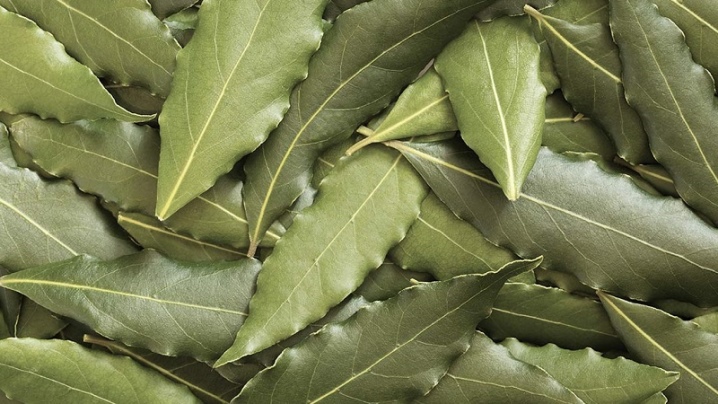
Tobacco dust
Experienced gardeners also recommend pickling caterpillars on cabbage with a solution of tobacco or makhorka. To prepare it, 40 grams of dry product must be poured with a liter of boiling water and infused for two days. For this product to be more effective, a little liquid soap must be added to the mixture before use.
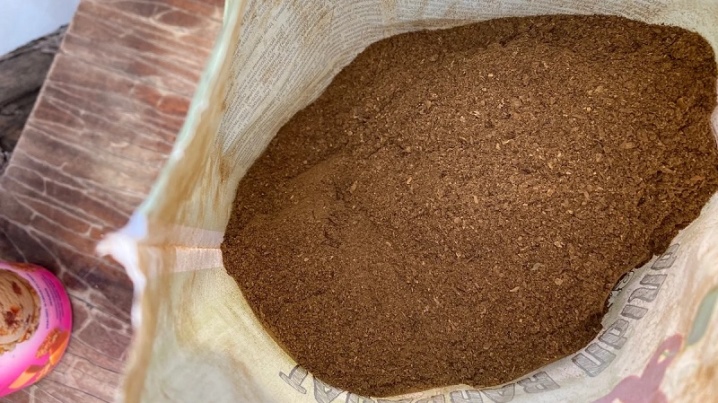
Mustard
You can poison the caterpillars living in cabbage beds using dry mustard powder. It is used to dust the soil around bushes and mature heads of cabbage. A mixture of mustard powder, red pepper and wood ash works more effectively. They are mixed in equal proportions. After that, the dry mix is used to process row spacings and heads of cabbage.

Sagebrush
This folk remedy is also often used to combat small parasites. For the preparation of solutions, both dry wormwood and fresh are suitable. Wormwood mixture for spraying the area is prepared from 7-9 tablespoons of chopped dry grass and a liter of water. The product is infused for one hour before use. After that, it is filtered.
The resulting solution must be diluted in warm water. You can use the product for spraying not only cabbage beds, but also all other plants on the site. Such a product helps to quickly get rid of pests. Over time, butterflies that are scared off by this pungent scent lose interest in the area.
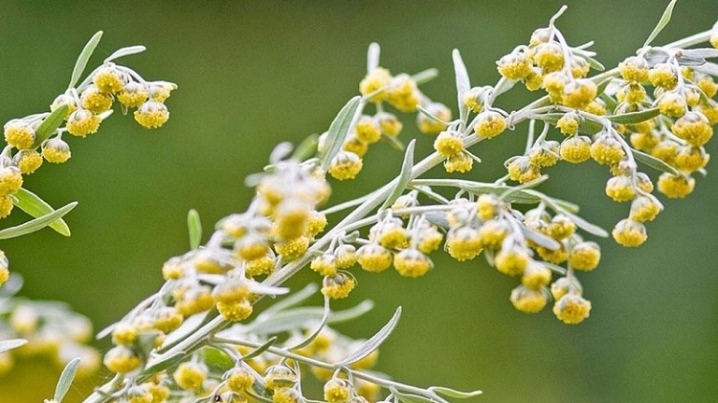
Other ways to protect
Natural enemies of caterpillars will also help in the fight against pests living on the site. Different birds cope with this task perfectly. It is worth attracting swallows, tits, sparrows and starlings to the yard. Cuckoos will also be good helpers in the fight against caterpillars. They can even destroy poisonous pests. You can attract birds to your site by hanging feeders and drinking bowls with clean water in the garden.
Domestic chickens can also help in pest control. But it is worth remembering that they destroy not only caterpillars, but also young plants. Therefore, you should not let them out on the beds with cabbage, which has already begun to ripen. Grasshoppers and wasps also help to fight caterpillars on the site. In addition, you can scare off these pests by planting aromatic herbs on your site.
Garlic, marigolds, dill, sage are planted around the perimeter of the garden, as well as between cabbage rows. These plants will scare away butterflies with their pungent smell. Therefore, there will be no caterpillars on cabbage either.

Processing features
Cabbage beds need to be processed in three steps.
- In the middle of spring. At this time, gardeners process the seedlings. This must be done in two stages. Between procedures you need to take a break of 6-7 days.
- Early summer. At this stage, it is best to use complex products that help in the fight not only with caterpillars, but also with aphids or cabbage fly.
- Second half of summer. In July and August, the site needs to be sprayed in order to protect your crop from pests and extend its shelf life.
It is only necessary to process cabbage beds in warm and dry weather. It is best to do this in the early morning or evening.
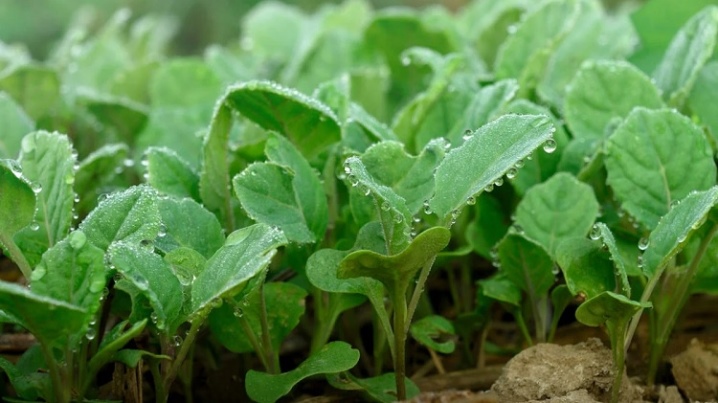
Prevention measures
Getting rid of caterpillars in cabbage beds is quite difficult. Therefore, it will be easier to prevent contamination of the site than to spend your time fighting them. This can be done by adhering to simple preventive measures.
- The site must always be kept clean. To do this, you need to remove branches, dry leaves, tops and other debris from under the cabbage. A large number of weeds should not be allowed to appear on the site. This leads to active reproduction of caterpillars and other pests.
- Regular weeding of the area will also help protect the beds from the appearance of larvae.
- When planting seedlings in the aisles, you can also make small ditches. Dry tobacco dust and wood ash are poured into them.
- The lower leaves of mature cabbage should be regularly torn off, after all, in the summer, water often accumulates under them. In the dark and in high humidity conditions, pests multiply very quickly.
- In autumn, the area must be cleaned of organic residues. The tops, fallen leaves and branches must be removed from the beds, taken outside the territory and burned. This will also help protect future plantings from pests.
Caterpillars are quite dangerous pests for cabbage, so you need to carefully look after your site and prevent them from appearing in the garden.
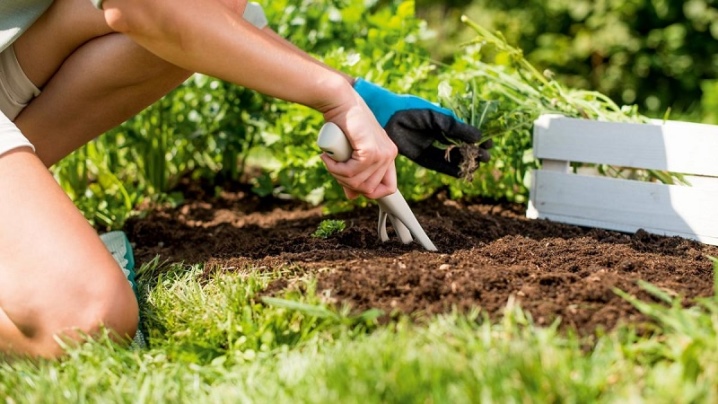
The following video will tell you how to protect cabbage from caterpillars.













The comment was sent successfully.